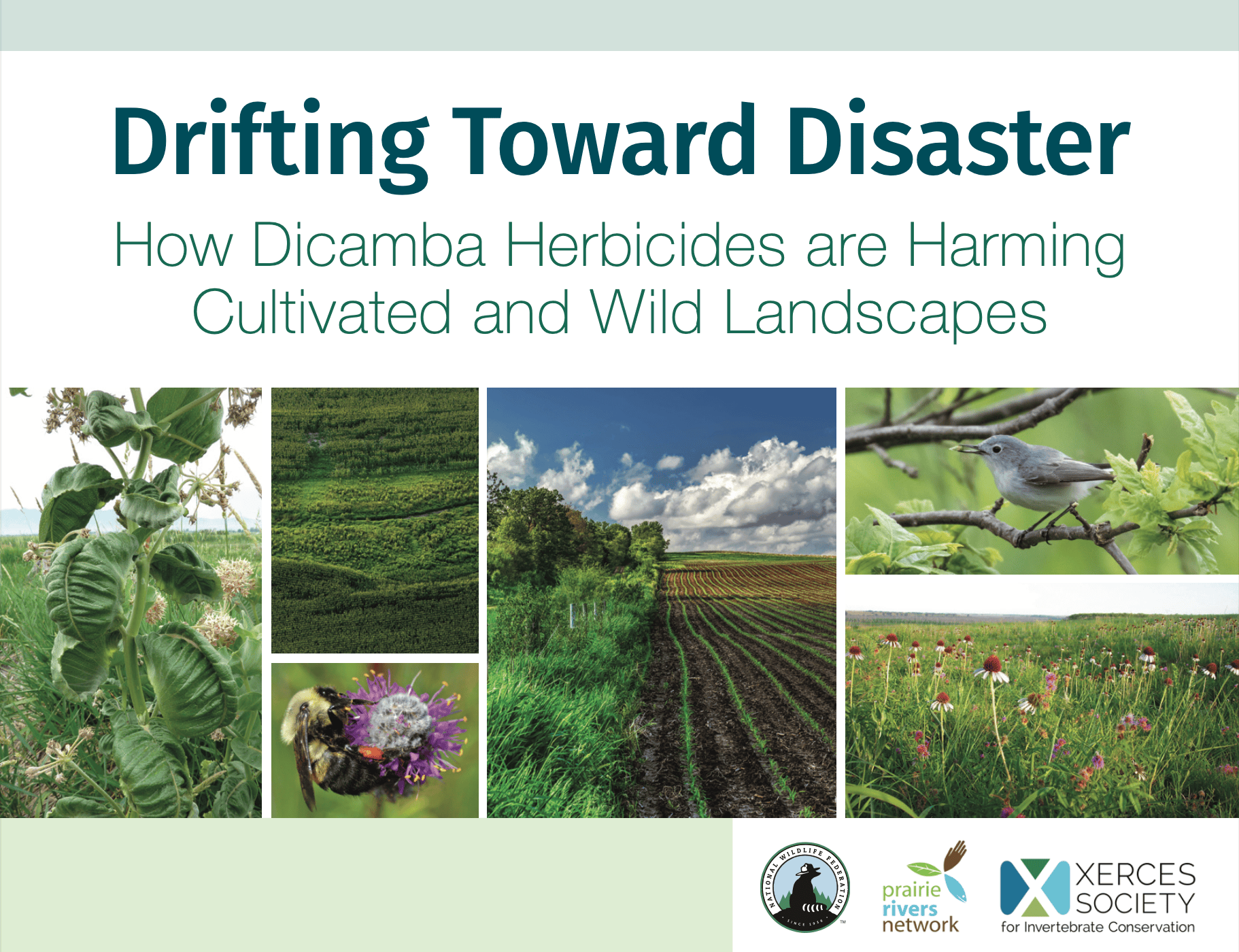Xerces Society: How Dicamba Herbicides are Harming Cultivated and Wild Landscapes
Dicamba is one of the herbicides Boulder County currently uses on Open Space for invasive weed control. This Xerces report discusses what’s known about the wider ecological impacts of dicamba and related herbicides to native plant communities and the wildlife they support, and provides a few short-term and long-term recommendations for reducing environmental harm from these volatile herbicides.
Herbicide impacts on “non-target” organisms — meaning every lifeform other than the species an herbicide is being used to control are highly concerning and increasingly well-documented. Think: bumblebees and other ground-nesting native bees, butterflies, moths, etc.
The Xerces Society for Invertebrate Conservation is the leading international nonprofit organization that protects invertebrates and their habitats through independent research and advocacy. This report illustrates how the current decision-making process for when to use herbicides within Boulder County Parks & Open Space is flawed, because a product as well-researched in its negative side effect as Dicamba should never be one of the tools in our toolbox.

